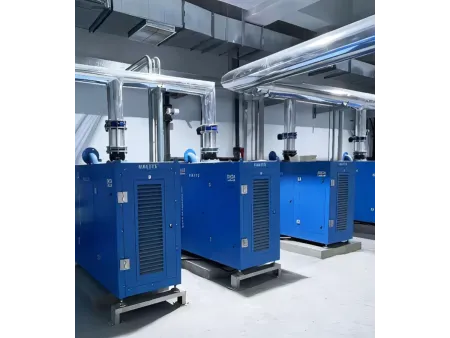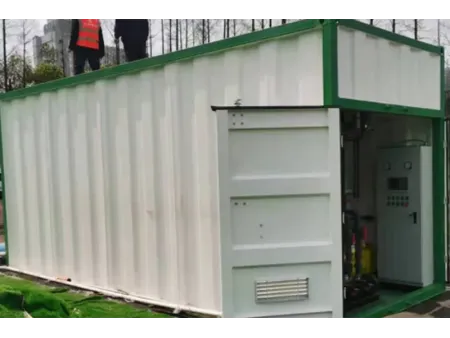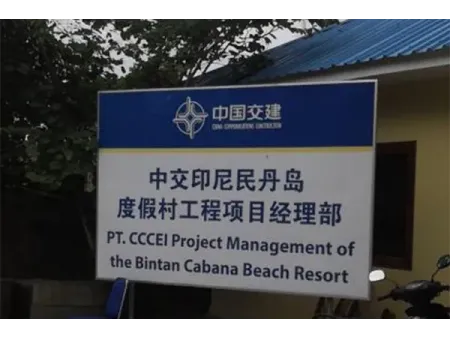Wastewater and Sewage Treatment Solution & Process Technology
Turnkey solution for municipal wastewater and sewage treatment through a three-phase treatment process
Treating complex wastewater and sewage involves choosing the right technology, considering factors like wastewater composition, treatment level, and volume. The wastewater treatment process is divided into three levels:
- Primary Treatment
Focuses on removing large suspended solids through physical methods like sedimentation and filtration. This phase often includes equalization tanks, screens, and grit chambers. - Secondary Treatment
Uses microbial metabolism to convert organic matter into harmless substances. Common methods include biofilm processes, A/O (Anoxic/Oxic) systems, A2/O (Anaerobic/Anoxic/Oxic) processes, and biological contact oxidation. - Tertiary Treatment
Also known as advanced treatment, it includes methods like filtration, disinfection, and ion exchange to further purify the water.
- Biological film method
Utilizes biofilms that form on the surfaces of inert materials to treat wastewater or exhaust gases. These biofilms consist of communities of microorganisms that effectively break down and remove pollutants from the water.
Biofiltros: This method uses a bioreactor packed with inert filtering materials where biofilms naturally develop. As wastewater flows through the bioreactor, the biofilms on the surfaces of the materials absorb and decompose organic pollutants, leading to effective water treatment. The inert materials provide a large surface area for biofilm growth, enhancing the efficiency of the treatment process. - Biological contact oxidation method
This method employs a system comprising a tank, fillers, a water distribution system, and an aeration system. The tank is filled with specially designed fillers that serve as a surface for biofilm growth. As wastewater enters the tank, the aeration system supplies oxygen, creating an environment for microorganisms to thrive on the fillers. These microorganisms form biofilms that effectively break down organic pollutants in the wastewater. This process ensures efficient treatment by maximizing the contact between the wastewater and the biofilms. The result is a highly effective method for reducing organic contaminants and improving water quality. - AO Method
Also known as anaerobic-oxic process, is a two-stage treatment for wastewater. In the anaerobic stage (A), microorganisms in an oxygen-free environment break down nitrogen and phosphorus compounds. In the subsequent oxic stage (O), oxygen is introduced, allowing aerobic microorganisms to degrade organic matter. This combination ensures effective removal of nutrients and organic pollutants from the wastewater. - A2/O Method
Known also as anaerobic-anoxic-oxic process, is used for advanced wastewater treatment and water reuse. It effectively removes nitrogen and phosphorus through three stages: the anaerobic stage (A) for breaking down nitrogen and phosphorus in an oxygen-free environment, the anoxic stage (A) for further nitrogen removal under low oxygen conditions, and the oxic stage (O) where aerobic microorganisms degrade organic matter.
Bintan Island Resort Project, Indonesia
We provided three integrated domestic sewage treatment units with a capacity of ≥15m³/day each, along with an oil-water separator and sewage lifting device with a capacity of ≥21.6m³/day. This setup ensures efficient wastewater management and supports the resort's environmental sustainability goals.
Longjiang River, Zhaoqing, Guangdong
We implemented an integrated sewage treatment project for the Cangfeng One Station discharge channel, with a treatment capacity of 20,000 m³/day. The system utilizes a combination of biological selection, Moving Bed Biofilm Reactor (MBBR), and magnetic coagulation processes to ensure efficient and effective wastewater treatment.
Other Case Studies with 3D Visuals




